At 8.00pm on 26 August (AEST), an embargo on one of cycling’s most anticipated technologies was lifted. Finally, the world has been exposed to SRAM’s new wireless ‘eTap’ groupset in its entirety. No outrageous rumours, blurry photographs or crafty misdirection – facts straight from the horse’s mouth, complete with photos and ride tests are on show.
RIDE’s Nick Squillari went to Germany for the historic launch of a product that will change cycling. Below is a brief summary of what Squillari saw and rode while in Germany.
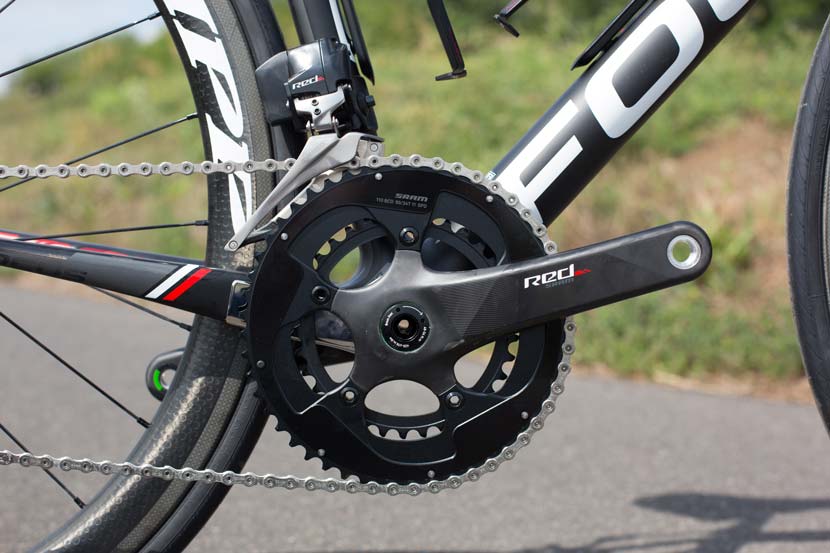
• The next generation of electronic shifting
RIDE Cycling Review’s 69th issue – on sale in September – will delve further into the groupset including exclusive photos and insight into SRAM’s future plans for the groundbreaking technology…
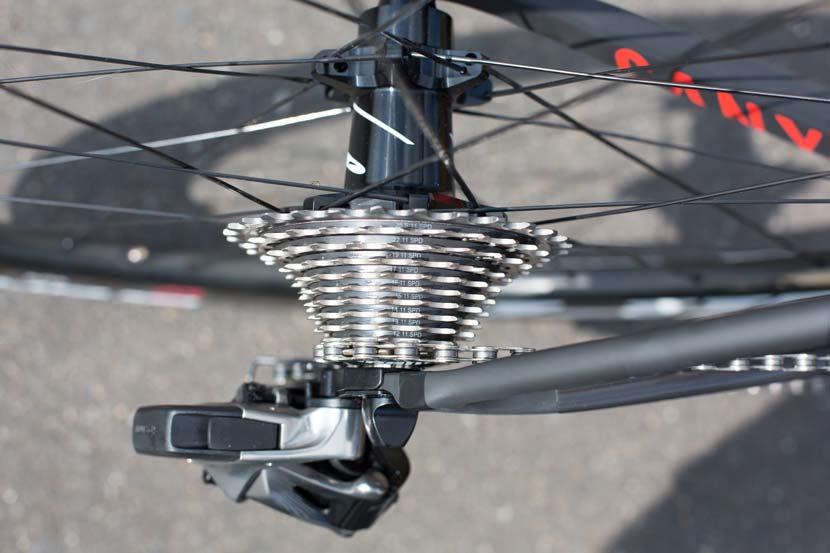
Wireless revolution: eTap explained
– By Nick Squillari
2010. Kevin Rudd was dumped as Prime Minister. The first Apple iPad was released. We saw a drawn AFL Grand Final. The cycling world championships came to my hometown and electronic shifting was already making a splash within cycling. At this time, Shimano’s Di2 was receiving many plaudits whilst rumours circulated that Campagnolo had its response well on its way. SRAM pretended to be disinterested in electronic gears but, unbeknownst to all except those in its inner sanctum, SRAM was secretly developing its own electronic groupset.
Fast forward to 2015 and SRAM’s eTap groupset is officially unveiled at the Sachs factory in Germany.
So what is all the fuss about? Obviously the components are the most eye-catching as they have no external gear cables. (There is a minor crank update too but the action is in the shifters and drivetrain.)
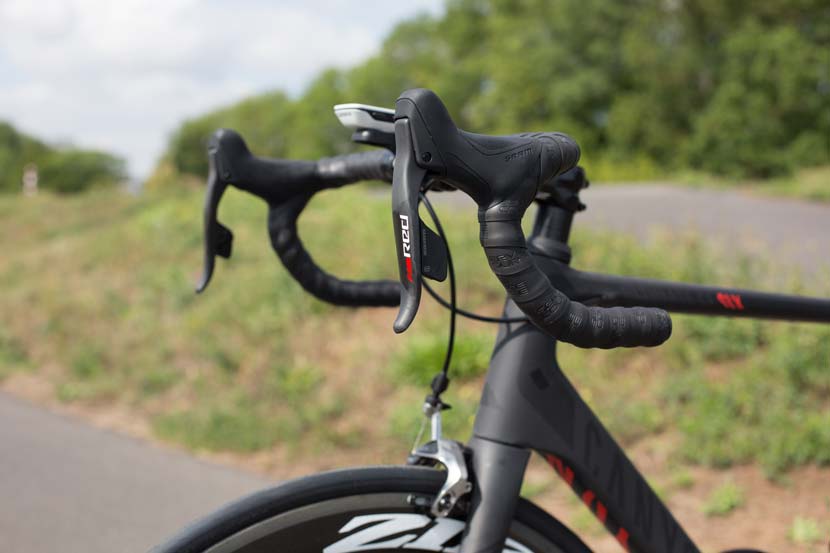
The shifters: RED eTap
- SRAM’s eTap shifters are slightly smaller than RED22 and are powered by a coin cell CR2032.
- The lifespan of the battery is rated at two years, based off an assumption of 15 hours of riding per week – much more time on the bike than most recreational riders can manage.
- Shifting is different to anything of the market. Modelled of F1 car ‘paddles’, the right hand shifts up the rear derailleur, left hand shifts down, and when paddles are pressed simultaneously, they actuate the front derailleur.
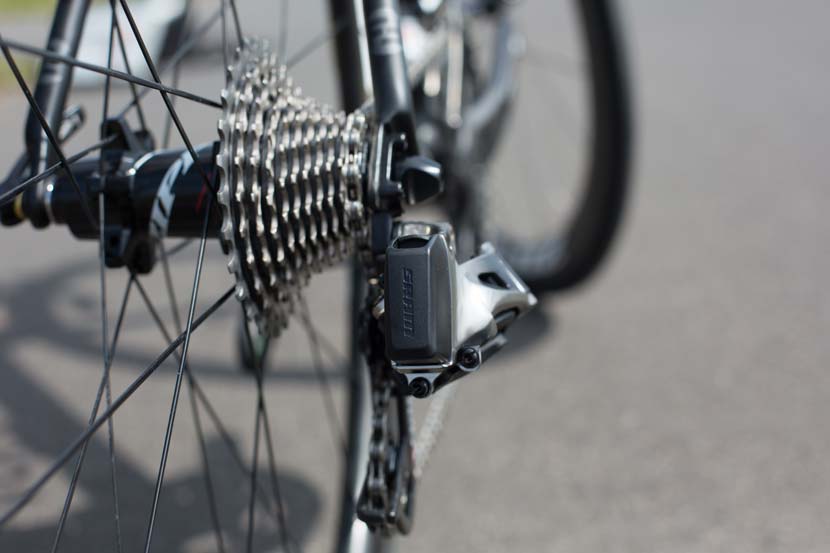
Introducing ‘Airea’ communication
- The rear derailleur has the same cage components as Red22 and is the master device in the eTap system.
- When pairing the system together, it must start with the rear derailleur. It’s also from where the ANT+ signal is generated and SRAM’s new ‘Airea’ communication network.
- The front derailleur uses the same Yaw design as Red22. It comes in braze-on and clamp, with the former including three ‘wedgies’ (yes, that is the term SRAM uses – invoking memories of the high school playground) to take up any space between the frame and the unit.
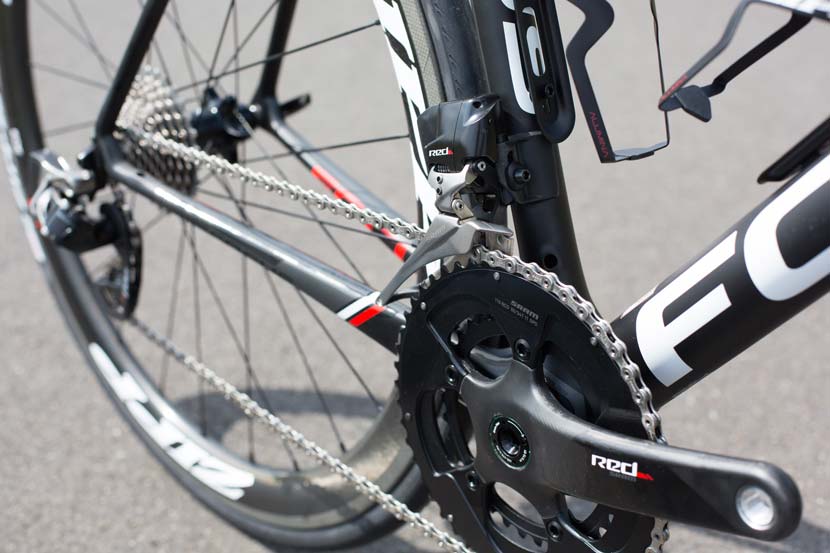
The span of shifting on one charge
- Each derailleur is powered by its own battery. Because of this, they can be swapped if one goes flat on the road and the bike can be ridden home.
- Spare batteries can also be carried if paranoid about getting a ‘flat’ on the road which is unconcerned with rubber.
- Battery life is stated as approximately 60 hours/1,000km, with a LED flashing up green with between 100% and 25% power. Red if 25% or less and flashing red if 5 hours (8.3%) or less.
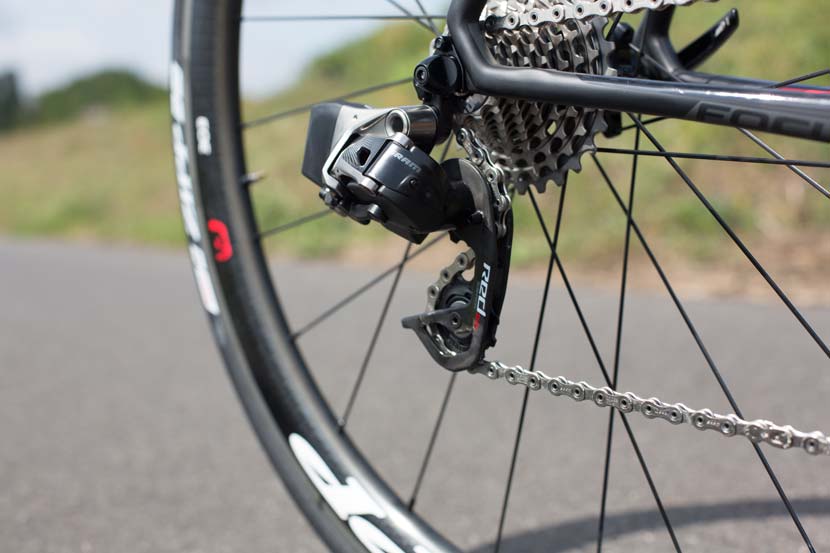
Innovation for energy conservation
- The derailleurs also preserve battery life through the presence of an accelerometer within each.
- They monitor movement and after 30 seconds of remaining stationary the units move in to ‘sleep’ mode, waking up when the bike starts moving again.
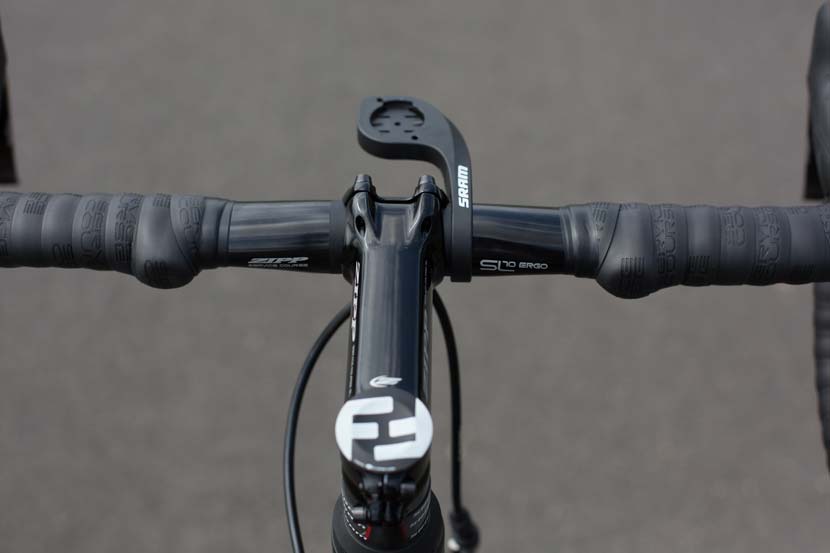
Additional shifting buttons
- ‘Blips’ are small round buttons that satellite shifts the same as the shift-levers.
- ‘Blips’ can be installed anywhere on the bars and are almost invisible.
- Just like paddle shifting, the ‘Blips’ system is intuitive: one side shifts up, one down, and they change the front derailleur together. They are wired back to the main shift-levers (but this cable is under handlebar tape).
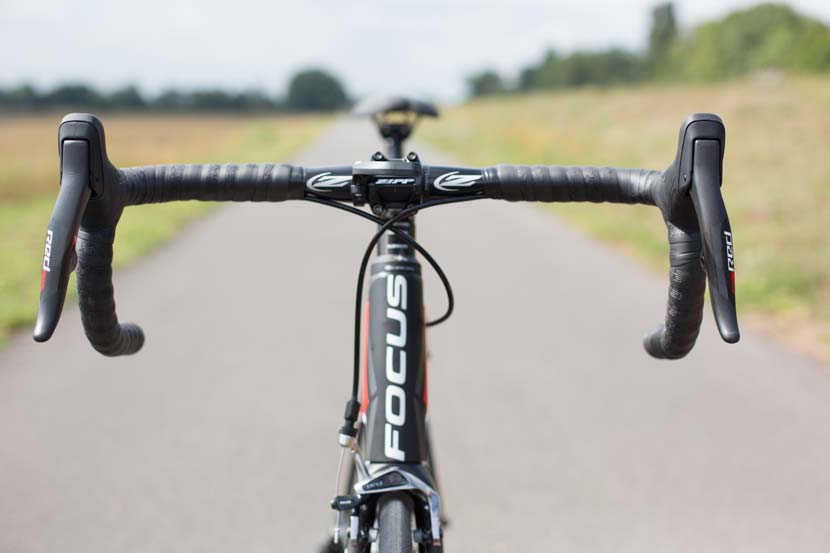
When can you get eTap?
Consider what has happened since 2010, when SRAM started working on eTap: Garmin had only just released the 500, road disk/hydro brakes were laughed at and spotting a power meter on a bike was a novelty. In these five years, SRAM has recorded over half a million kilometres on various eTap prototypes through all sorts of conditions. Stage Eight in the Tour de France saw AG2R’s Alexis Vuillermoz ride the eTap to its first WorldTour victory – the final puzzle for SRAM.
Public release is slated for Autumn 2016 but there’s every chance SRAM could eTap ready before then. I’m already counting down the days.
– By Nick Squillari
(More… much more yet to come! This is just a brief overview of what promises to be a much larger discussion that will last until the product becomes available to buy. Want to know more? Send us your questions and we’ll find the answers.)
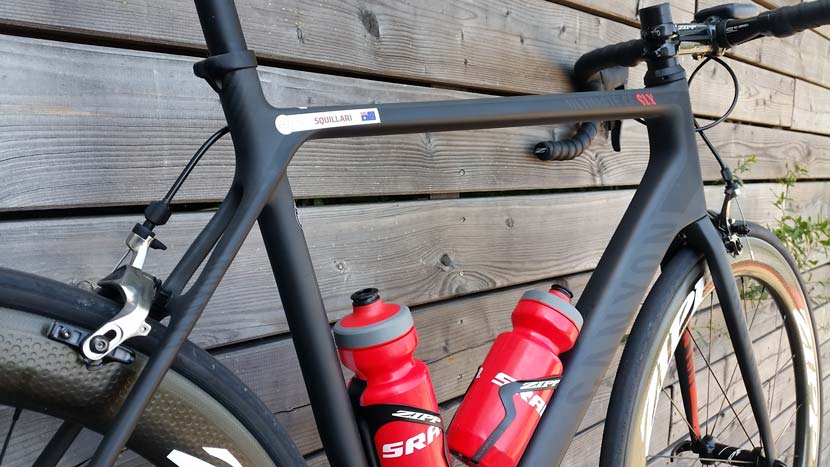
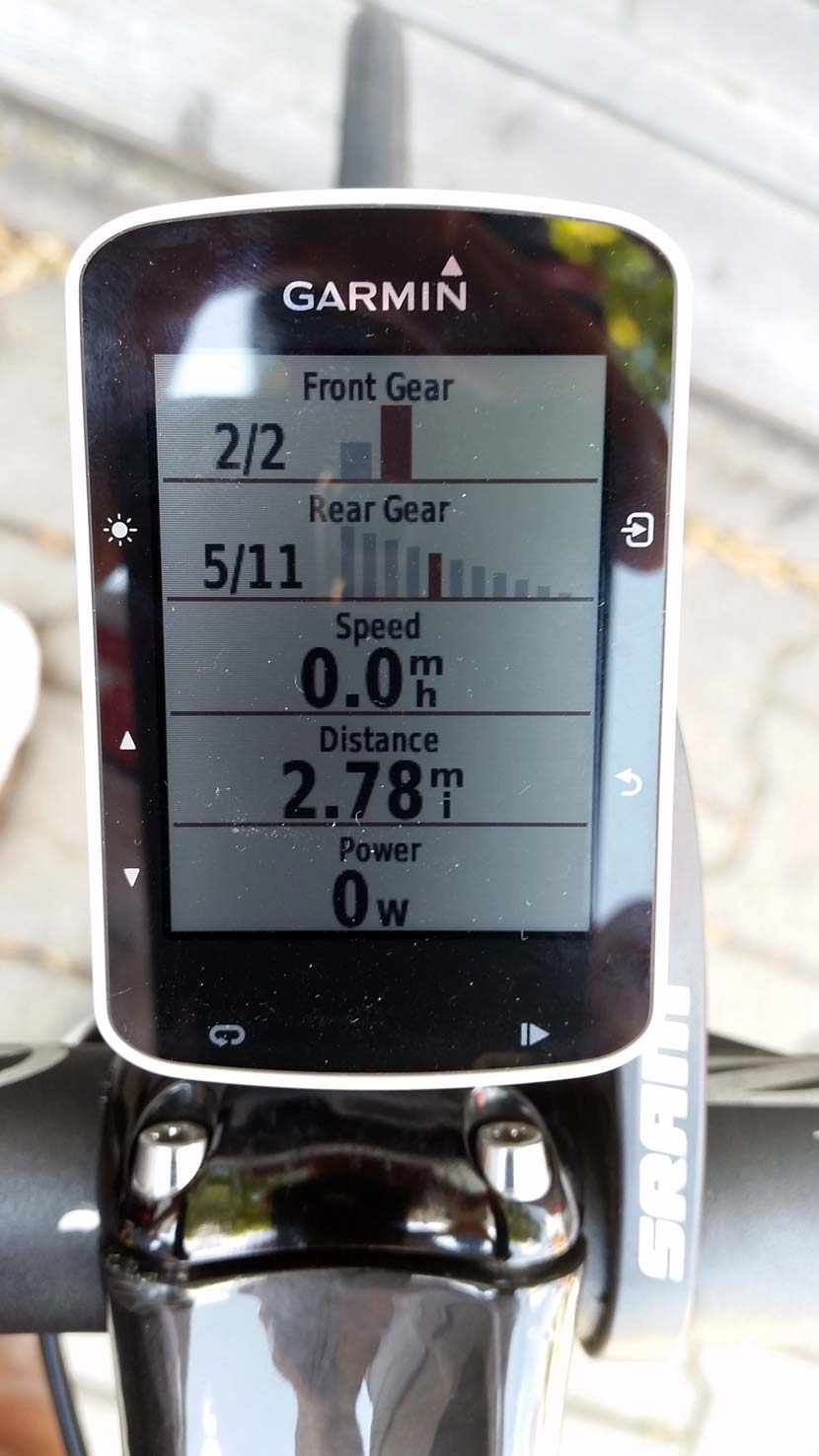
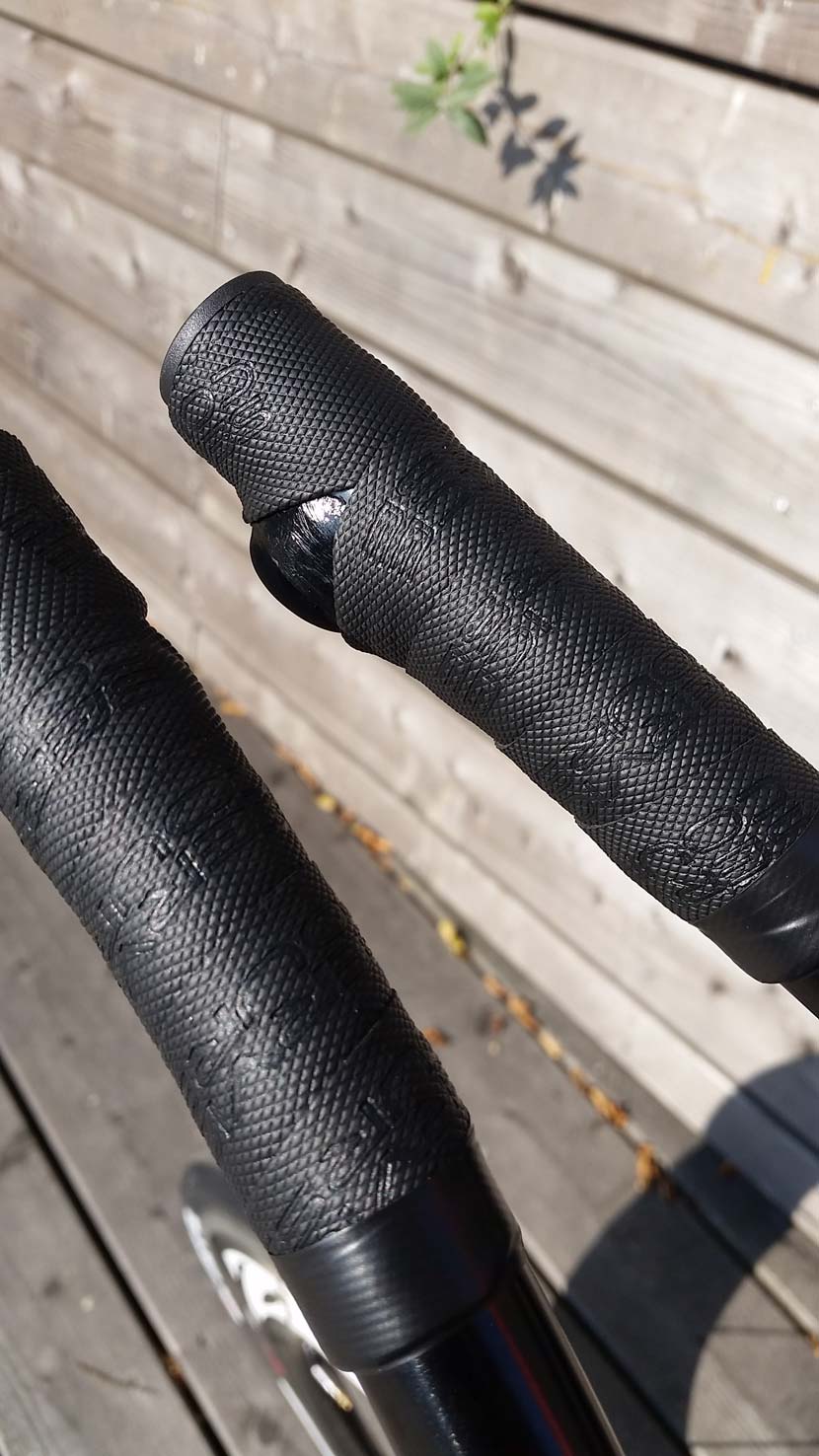
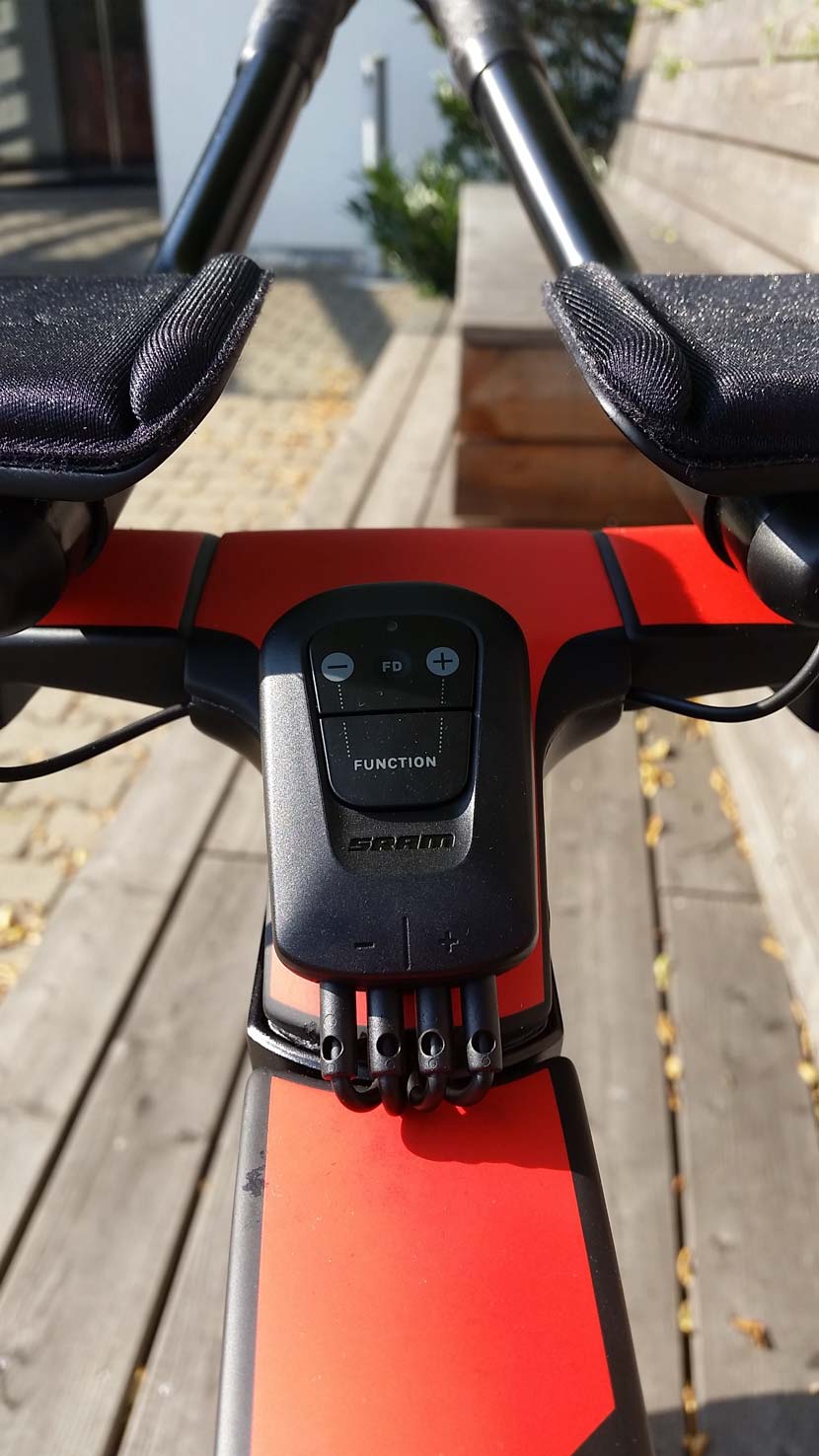
*Nick Squillari was a guest of SRAM in Germany. Big thanks to Rob Eva, Dave Evans, Echelon Sports and Monza Imports for their assistance in organising this trip.



